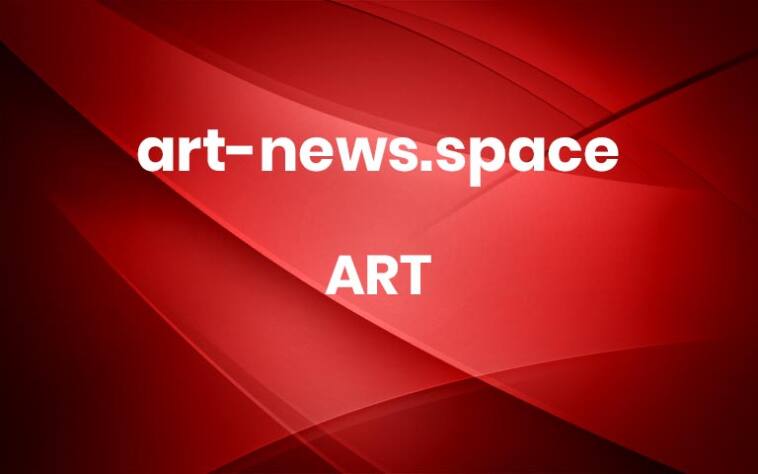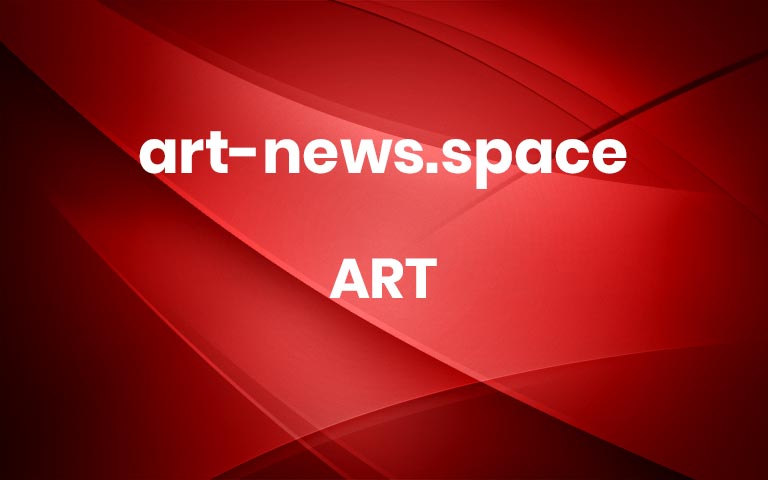Hystercine Rankin (1929–
2010), “Memory Quilt” (ca. 1994), fabric; appliquéd, hand-embroidered, and hand-quilted, 88 x 82 inches. All images courtesy of Mississippi Museum of Art, shared with permission
‘Of Salt and Spirit’ Celebrates the Legacy of Black Southern Quilters
April 23, 2025
ArtCraft
Kate Mothes
Share
Pin
Email
Bookmark
You may have heard of the remarkable quilters of Gee’s Bend, but do you know about the Crossroads Quilters, like Gustina Atlas? Or Hystercine Rankin? Mary Mayfair Matthews? You’re in luck if you have a chance to visit Of Salt and Spirit: Black Quilters in the American South at the Mississippi Museum of Art, which shines a light on dozens of incredible Black Southern quilters and takes a celebratory approach to showcasing their myriad styles and techniques.
MMA is home to one of the South’s largest collections of quilts, from which more than 50 handmade and machine-stitched examples were drawn for this expansive exhibition. Merging research, interpretation, and community engagement, curator Dr. Sharbreon Plummer aimed for “a cohesive, experiential study of American art through a Black feminist lens.” The show parses cultural narratives around the art form, spotlighting the impact of the craft across generations and geography.
Emma Russell, “Star Quilt” (1978), cotton blend; hand-pieced, appliquéd, and hand-quilted, 81 x 77 inches
A wide range of contemporary and historic pieces converge in Of Salt and Spirit, including figurative and narrative works alongside vibrant geometric compositions. Many of the works were acquired by the museum from Roland L. Freeman (1936-2023), a photographer who documented African-American craftspeople and guilds in his work as a stringer for Time magazine and Magnum Photos.
Freeman collected more than 100 quilts, made several of his own, and published a couple of books on the subject. “Quilts have the power to create a virtual web of connections—individual, generational, professional, physical, spiritual, cultural, and historical,” he says in his second book, A Communion of the Spirits (1996).
In conjunction with the exhibition, the museum also highlights the large-scale, ongoing AIDS Memorial Quilt project, which was initiated in 1985 at the height of the epidemic. Paralleling Of Salt and Spirit’s focus on creative expression, identity, and strength, the AIDS quilt—which will be on display at MMA for a two-week period beginning May 5—honors quilting for its role in resistance and remembrance.
Of Salt and Spirit continues through May 18 in Jackson. Plan your visit on the museum’s website. You may also enjoy a look back at Souls Grown Deep Like the Rivers, a monumental survey recognizing the artistic traditions of Black artists.
Mary Mayfair Matthews, “Folk Scenes Quilt” (1992), rayon, cotton polyester blend, lace, lamé, and buttons; hand-pieced and appliquéd, 86 1/4 x 74 inches
Annie Dennis (designed by Roland L. Freeman), “Voodoo Quilt” (1987), fabric; hand-pieced, appliquéd, hand-embroidered, and hand-quilted, 83 1/2 x 64 inches
Detail of “Voodoo Quilt”
Gustina Atlas, “Variation on Dresden Plate Quilt” (1998), cotton; machine- pieced and hand-quilted, 81 1/2 x 80 inches
Clancy McGrew, quilted and appliquéd by Jeraline Nicholas, “Storytime at the Library” (2004), fabric; machine-pieced, appliquéd, embroidered, and hand-quilted, 41 3/4 x 83 1/8 inches
Mabel Williams, “Improvisational Strip Quilt” (1968), cotton, polyester, wool, twill; hand-pieced and hand- quilted with appliquéd and embroidered backing, 85 x 65 inches
Clancy McGrew, quilted by Tammy McGrew, “Clancy’s Beauty Salon” (2004), fabric; machine-pieced, appliquéd, and hand-quilted, 67 5/8 x 49 1/2 inches
Roland Freeman, “Maya Angelou, Author, Educator, and Quilter (top left and bottom right); Dolly McPherson, Maya Angelou, and Beverly Guy-Sheftall (top right and bottom left), Winston-Salem, North Carolina, November 1992” (1992), Chromogenic print with quilted mat (1996) by Anita Knox, 36 x 36 inches
Roland Freeman, “Catherine Gill with Sunburst Quilt (left) Made by Her Mother, Classy Blaylock, fromDecatur, Mississippi, Flagstaff, Arizona, April 1993″ (1993), Chromogenic print, 27 x 38 inches
Do stories and artists like this matter to you? Become a Colossal Member now, and support independent arts publishing.
Hide advertising
Save your favorite articles
Get 15% off in the Colossal Shop
Receive members-only newsletter
Give 1% for art supplies in K-12 classrooms
Join us today!
$7/month
$75/year
Explore membership options
Next article More



